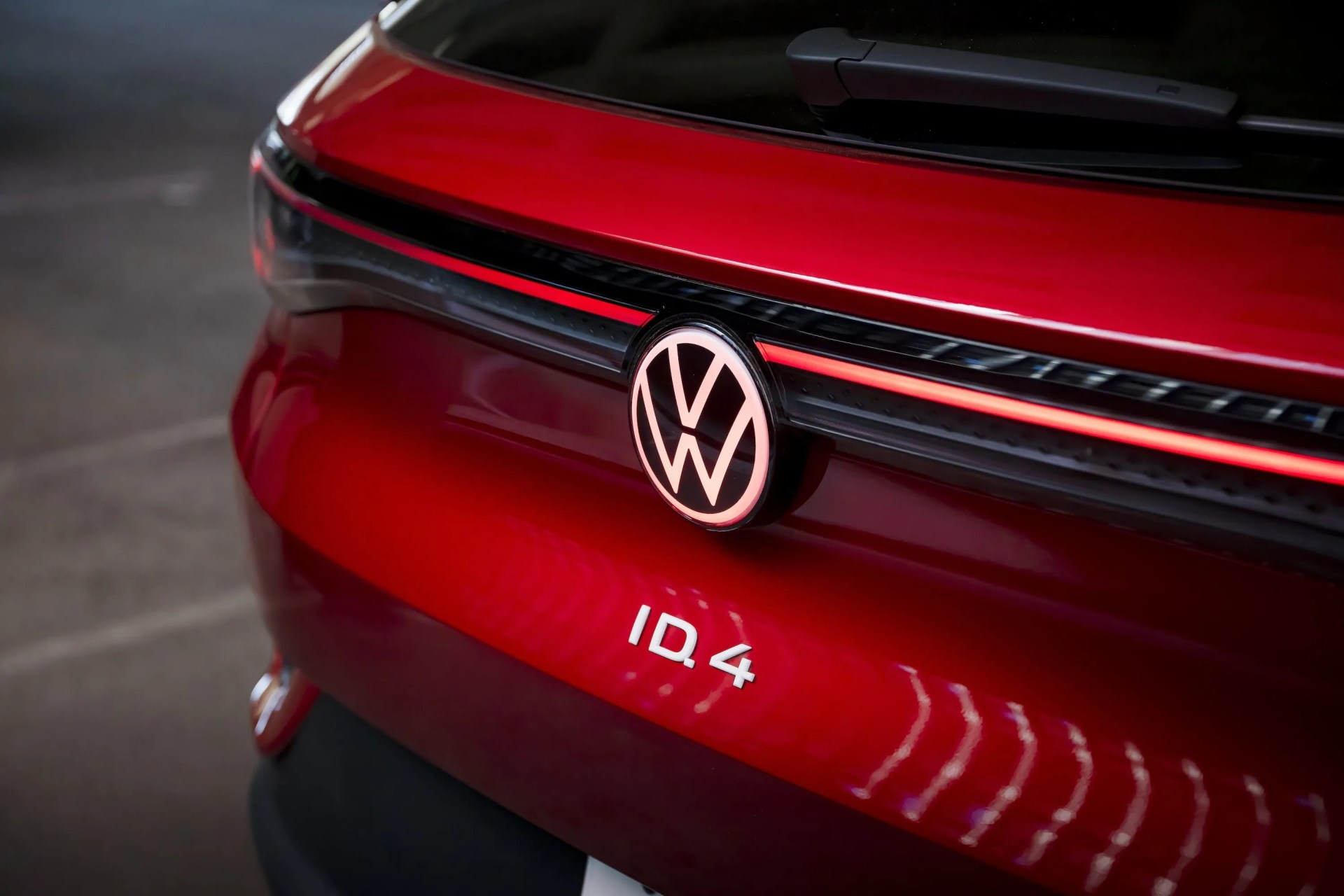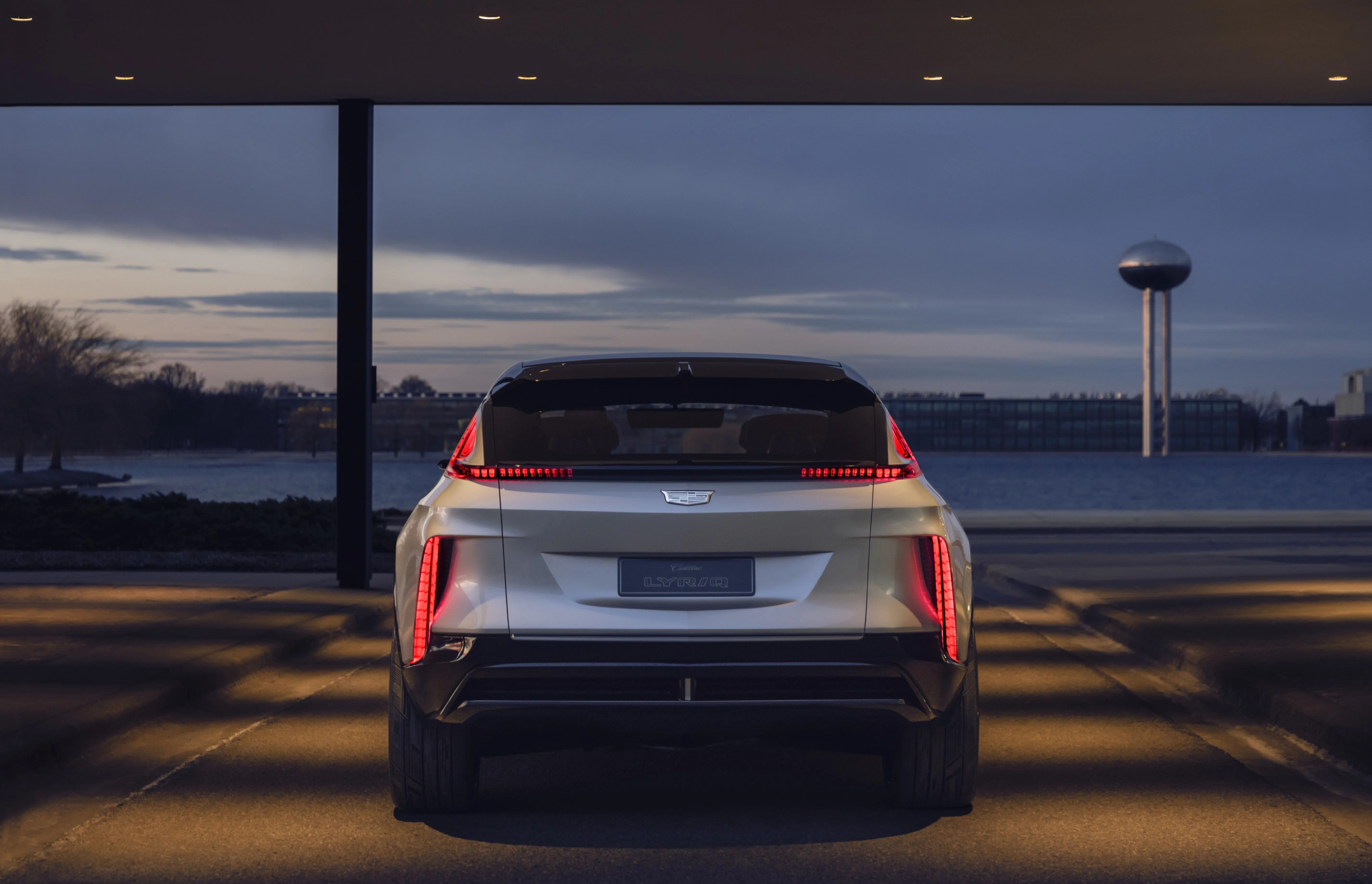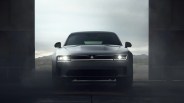The automotive world is in the midst of converting from internal combustion engines to battery-electric power this decade. Several car manufacturers have pledged to be 100-percent EV by 2030; most that haven’t are still planning to produce large volumes of electric cars in this decade.
The big winners from this effort thus far, however, appears to be branding consultants. Nearly every manufacturer has created a novel, EV-specific sub-brand to mark their transition. Nearly all of these branding efforts have turned out awfully.
What happened? Essentially, car companies took the wrong lesson from Tesla’s success. They tried to position their EVs as cool, futuristic tech products instead of cars, with names and branding to match. The efforts have been ham-fisted — boring at best, confusing mouthfuls at worst. Worse, the nouveau branding is squandering what should have been conventional manufacturers’ biggest advantage against upstarts like Tesla: their reputations and heritage.
 Volkswagen
VolkswagenModern EV branding could not sound more ubiquitous
Manufacturers intended their EV brands to sound distinctive. Instead, most blend in with each other like achromatic crossovers in a parking garage.
BMW tried to sound tech-forward, hopping on the use of the “i’ — like “information,” like a computer, get it? — prefix in the early 2010s with the i3 and the i8 hybrid. VW made a similar play with its ID. cars. Cadillac has taken on IQ, but to be different, uses it as a suffix awkwardly replacing the letters of actual words — Lyriq, Optiq, etc. Hyundai, oddly enough, also uses “IQ,” but it added a minimal amount of zest by using it in the form of the name Ioniq.








